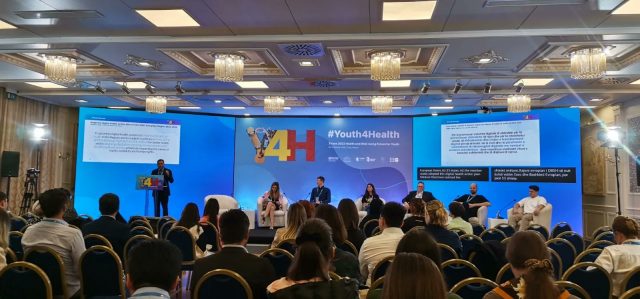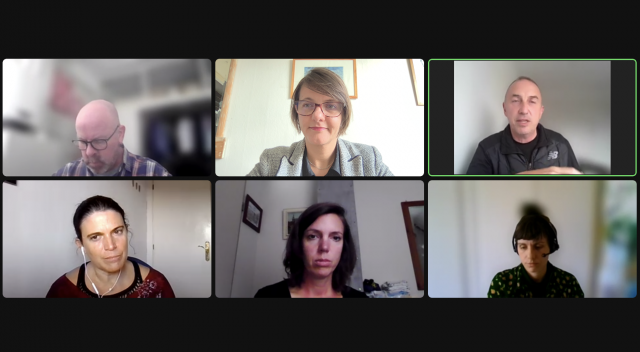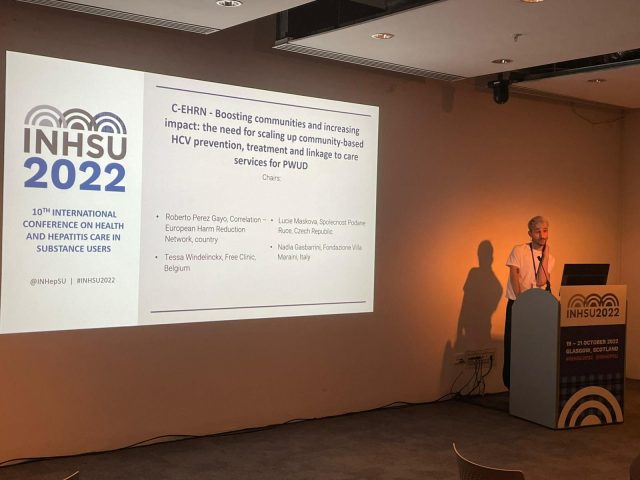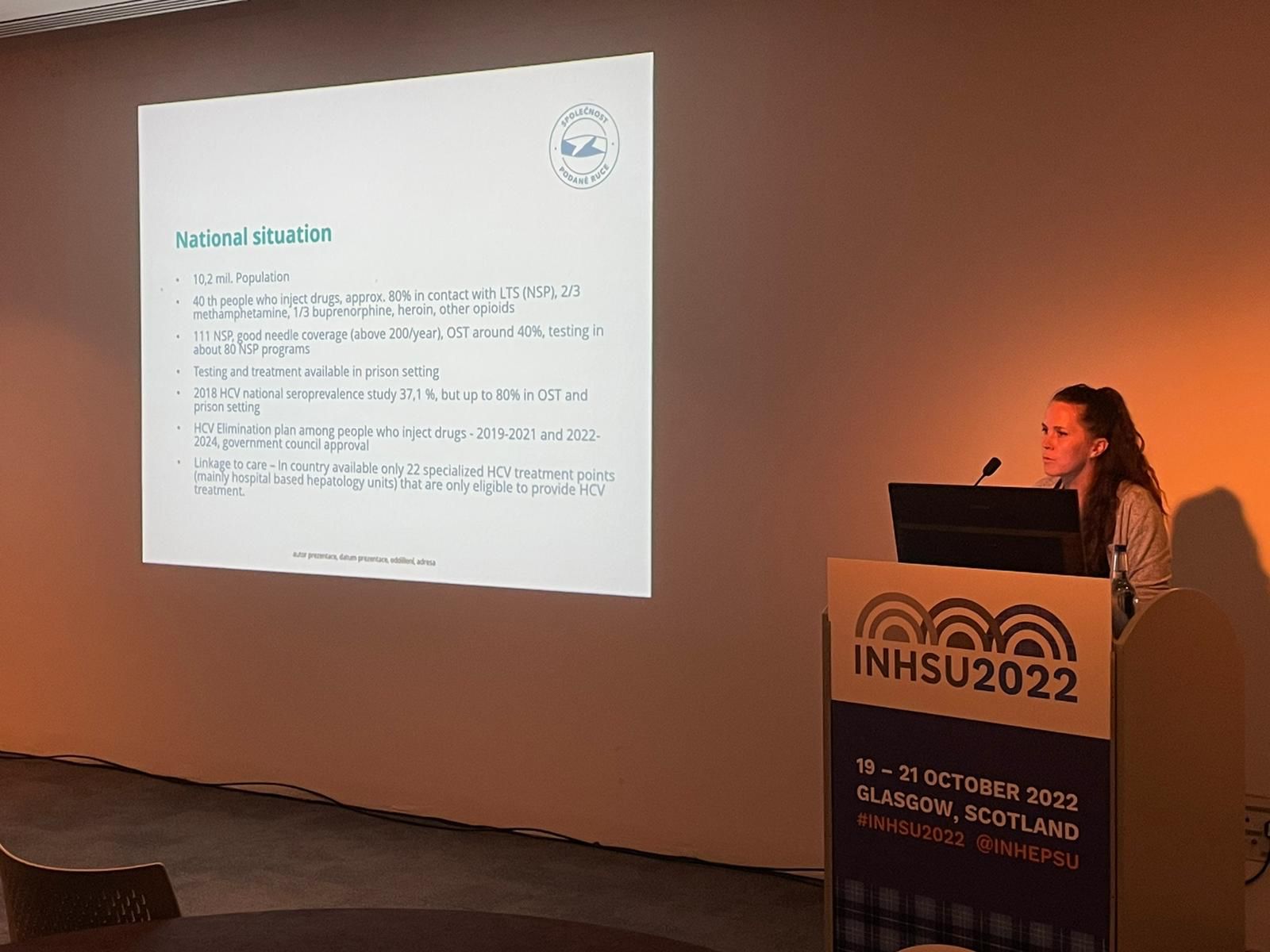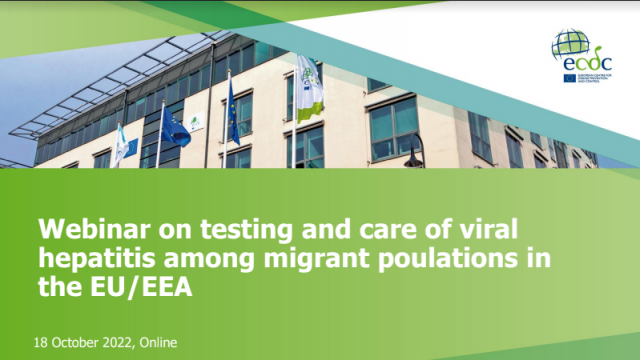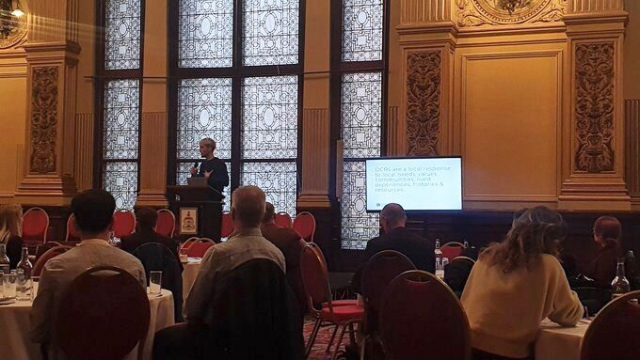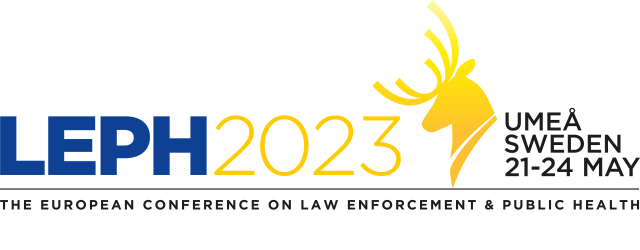Limerick County TD, Minister of State Niall Collins commends Ana Liffey’s Mid West Team in their tenth year of operations.
“When fear and uncertain was permeating society across Ireland; and no one knew what was going to happen…this small team adapted quickly, stayed out there, and continued to meet the needs of those they serve. Maintaining contact with people; busting myths about COVID-19; and providing people with equipment and advice to keep them as safe and healthy as could be. The net result of this work was not only the maintaining of engagement with the people the team already knew; but, also the creation of meaningful relationships with literally hundreds of other people. Well done to all involved!”
• Welcomed the findings of the new research carried out by the University of Limerick: ‘Doing More – The Health and Social Impacts of Crack Cocaine use in Limerick City’. The research findings were presented for the first time by Dr Dervla Kelly at the event.
• Welcomed the allocation of funding from the State under the ‘Community Services Enhancement Fund’ to support Ana Liffey to employ two addiction outreach workers in the Mid West Region, one worker specialising in reaching, and case managing, members of the LGBTQI+ community; and the other worker with a similar function focussing on the Traveller Community.
• Launched Ana Liffey’s new mobile health unit purchased with a grant from the JP McManus Benevolent Fund. Referred to affectionately as the Mid West ‘VanaLiffey’ – this is a significant service development which helps to deliver harm reduction services to people in a flexible and accessible manner; and to reduce the risk of overdose, and other drug related harms, in Limerick City and across the Mid West.
“Our Mid West team work in Limerick City and also travel significant distances across the region to support people with complex and multiple needs. We are very grateful to the JP McManus Benevolent Fund for their support to purchase and fit out a new mobile health unit! Fondly referred to as the Mid West ‘VanaLiffey’ the vehicle is designed to help us meet people where they are at. Whether in an urban setting or a rural setting, we now have a fit for purpose private space that can roll in and out of an area. My sincere thanks
to Minister of State Niall Collins for taking the time today to launch the vehicle for us.”






